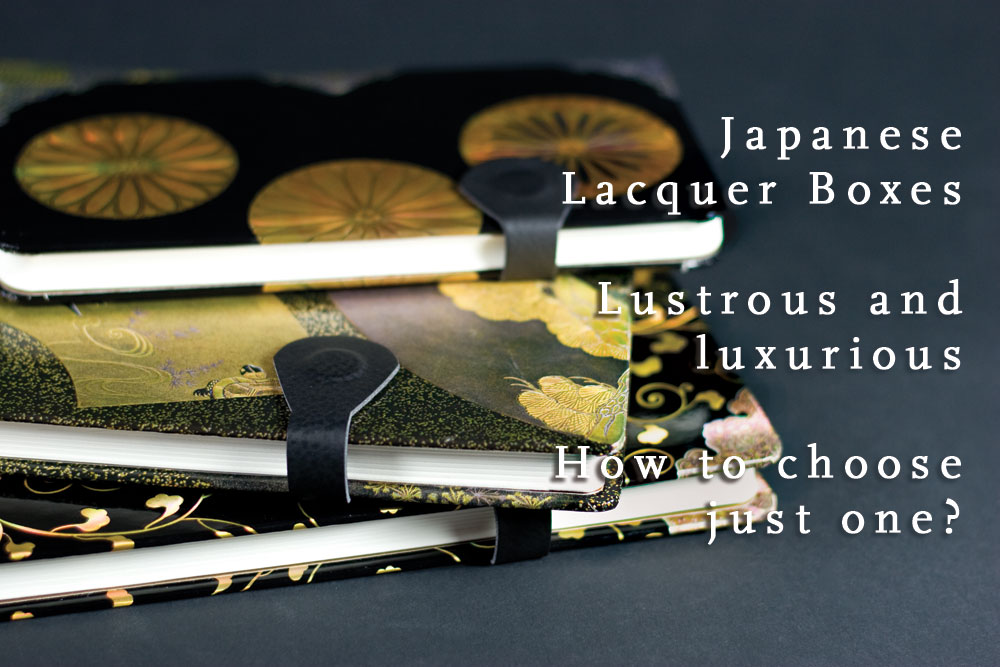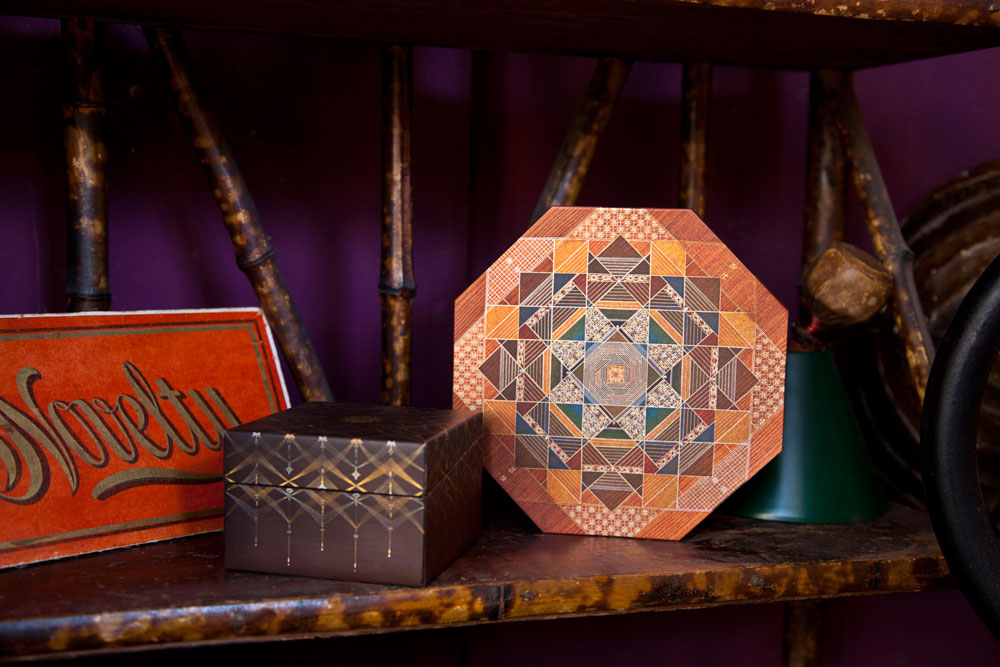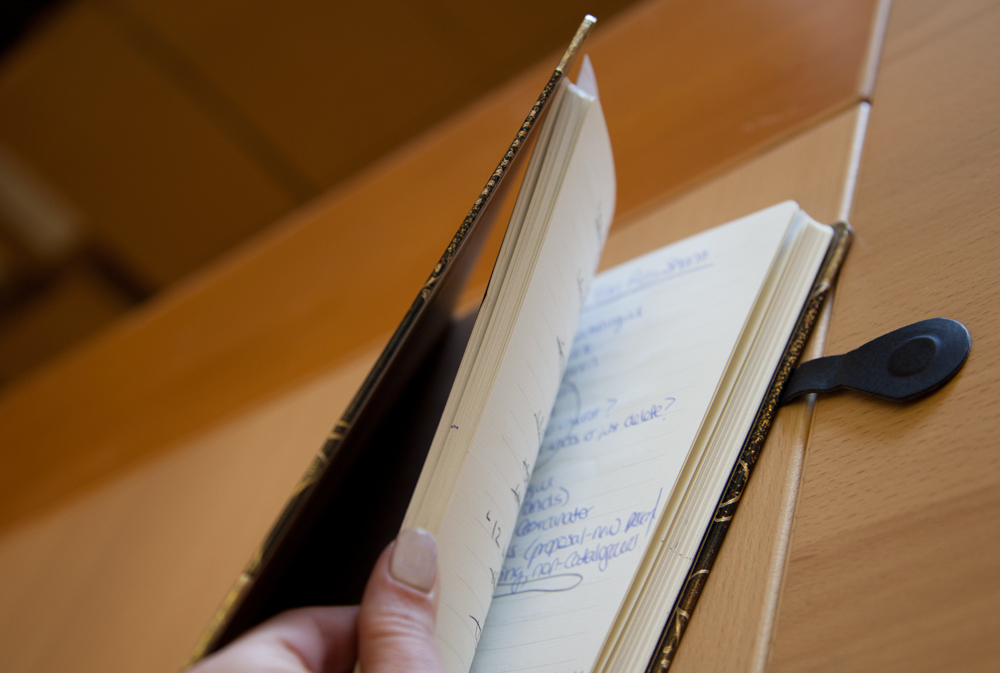The Haiku Foundation has named April 17th as a day to celebrate the haiku art form. While we’ve probably all heard someone struggle to fit an entire poem into seventeen on (almost like a syllable), this type of poetry is still not as well known as a limerick or a simple ABAB rhyming structure. To help spread the word about this deceptively complex, shortform poetry, we’ve compiled seventeen things you need to know about haiku.
1) This shortform Japanese poetry has three key elements
1) “Kireji” – This is the essence of haiku. Often represented by the juxtaposition of two images or ideas, a kireji is a cutting word that acts as a verbal punctuation mark to signal the moment of separation and adds colour and context to the relation of the two elements.
2) “On” – While you may have heard that a haiku is composed of seventeen syllables, it is actually made up of that many on (or morae), the phonetic units of Japanese sentence structure.
3) “Kigo” – This is a seasonal reference, usually drawn from a saijiki, an extensive list of defined and approved such words.
2) Issa and Bashō are two of the most famous writers of haiku
The wren
Earns his living
Noiselessly
-Issa
In the twilight rain
these brilliant-hued hibiscus –
A lovely sunset
-Bashō
3) Patience is key
Some of the top writers of haiku spend years travelling and exploring the natural world before finally developing the perfect seventeen on to express what they have experienced.
4) Wylie Communications gathered the best writing tips in haiku form
April is American Poetry Month, and Wylie Communications has asked its readers to submit their top writing tips – in haiku form. See more at WylieComm.com.
Writing with purpose
A right hook well delivered
Surely a knockout
-Joanna Foote
5) The technique of comparison is a great place to start
Betty Drevniok, the author of Aware – a haiku primer, writes: “In haiku the SOMETHING and the SOMETHING ELSE are set down together in clearly stated images. Together they complete and fulfill each other as ONE PARTICULAR EVENT.”
6) Haiku emerged during the 7th century
With the most common themes being prayer, celebration and harvest, haiku dates back as far as 7th-century Japan.
7) Jack Kerouac helped bring haiku to the West
In the 1950s haiku underwent a Western renaissance, thanks to the poetical stylings of Gary Snyder and Jack Kerouac.
Alone, in old
clothes, sipping wine
Beneath the moon
-Jack Kerouac
8) Haiku work best in the present tense
With only seventeen on to get the job done, make your haiku more immediate and compelling by framing it in the present tense.
9) Seventeen Japanese on is actually closer to twelve English syllables
Although the Haiku Society of America noted that, as of 1973, the norm for English haiku writers was to use seventeen syllables, Japanese translators have posited that twelve English syllables would actually be more accurate.
10) Haiku can be funny
No matter the topic, the last five on usually act like a punch line, intended to drive the whole haiku home.
Over-ripe sushi,
The Master
Is full of regret
-Buson
11) New York City installed haiku street signs in 2011
New York City’s DOT Safety Education program brought the art of haiku to the streets with an installation of twelve eye-catching signs. The “Curbside Haiku” project was commissioned by the city’s Department of Transportation and the works were created by artist John Morse. The signs were used to urge pedestrians, drivers and bicyclists to walk, drive and ride responsibly.

12) Though classic, haiku is not traditional poetry
Before attempting to write a haiku you must do away with all your preconceived notions about what makes a string of words a poem. First of all, haiku have no rhyme scheme. They don’t even have titles!
13) Haiku writing involves learning a new figure of speech
We all know antonyms, synonyms and homonyms. But who is familiar with the metonym? Metonymy is a figure of speech in which something is called not by its actual name, but rather by the name of something commonly associated in meaning with it. For instance, if you want to convey the need to listen without devoting too many os to the concept, you may (like Shakespeare) ask readers to “lend me your ear.” The context of a metonym is key – “ears” means the act of listening in this case, but some poets may actually want to talk about a physical ear in a different situation.
14) The best-known example of haiku is Bashō’s “old pond” poem
Some commonly accepted translations:
old pond…
a frog leaps in
water’s sound
-Translated by Fumiko Saisho
An old silent pond…
A frog jumps into the pond,
splash! Silence again
-Translated by William J. Higginson
15) Haiku used to be known as “hokku”
Hokku is the opening stanza of an orthodox collaborative linked poem. By the time of Bashō (1644–1694), the hokku had begun to appear as an independent poem, and was also incorporated in haibun (a combination of prose and hokku) and haiga (a combination of painting and hokku). In the late 19th century, Masaoka Shiki (1867–1902) renamed the standalone hokku as haiku.
16) Haiku continues to thrive, worldwide
There is an active community of haiku poets worldwide who communicate mainly through national and regional societies and scholarly journals. Some notable members include Herman Van Rompuy, the President of the European Council, who is known as “Haiku Herman.” He even published a book of haiku in April 2010.
17) You can write haiku about anything – even Paperblanks®!
About Paperblanks®: We believe that art matters and should have a place in all aspects of life. That’s why we follow the artist’s way in everything we do – creating, crafting and releasing designs we believe have the power to touch people. For more about Paperblanks®, go to our website at paperblanks.com.







